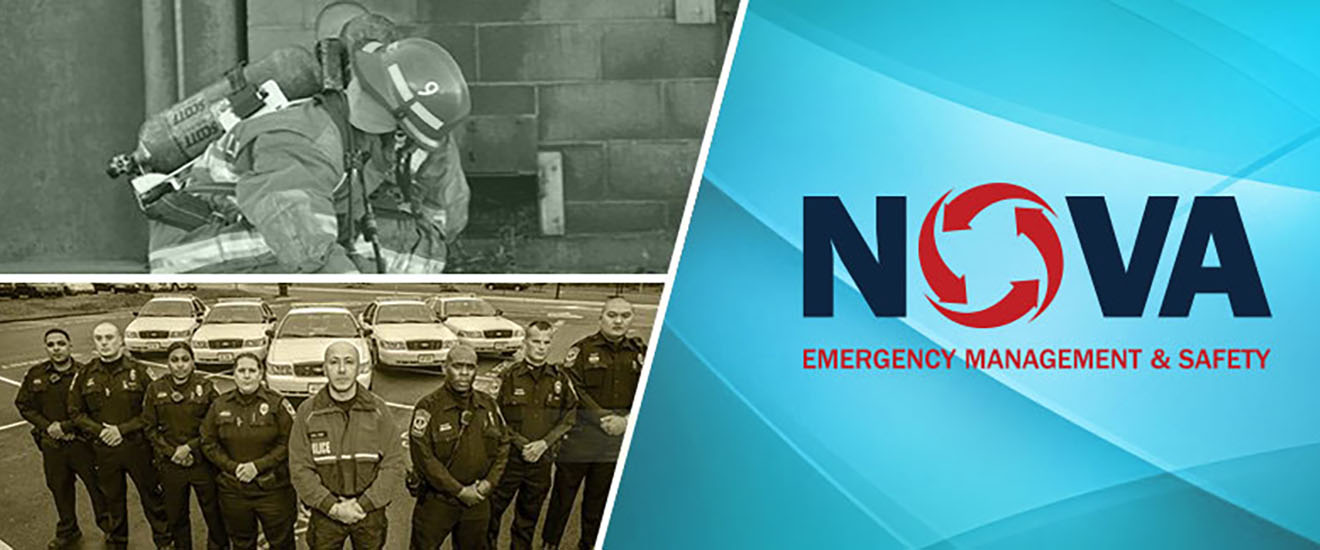Campus Emergency Procedures
Providing a safe environment for students, faculty, staff and visitors is a primary concern of NOVA. Being knowledgeable about what to do in the event of an emergency is critical. Planning and being prepared is our shared responsibility.
Emergency Plans
NOVA Police Officers are usually the first responders to incidents along with law enforcement and fire/EMS personnel from the municipality. When multiple agencies respond, the agencies work together to manage the event. The Crisis Communication Protocols provide specific information concerning the details of how NOVA manages communications during the emergency.
Faculty and staff also provide leadership for students’ safe and efficient reaction to an emergency. The NOVA Emergency Action Plan provides faculty and staff with needed information in case of an emergency. It provides details on who to contact in the event of an emergency and the procedures to follow for a variety of incidents.
To review the specifics of NOVA’s Emergency Action Plan or Crisis Communication Protocols, click on the links to these documents:
